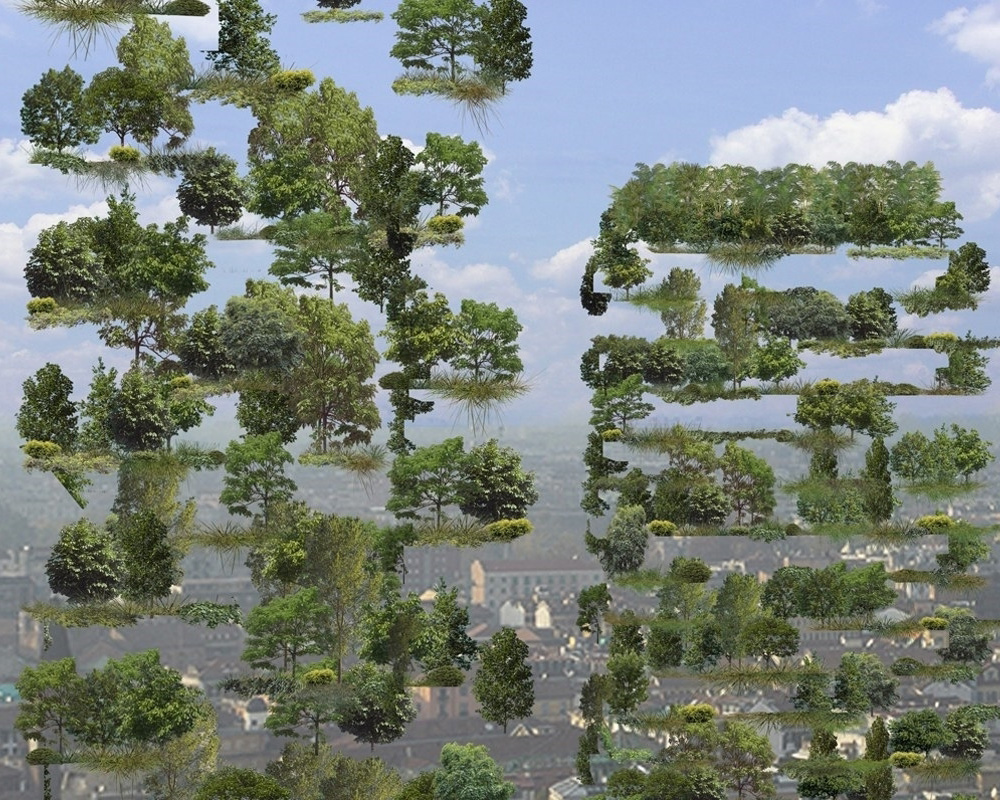In popular imagination, greenery has always been “horizontal”, but some designers have come up with vertical
gardens and vertical green walls too and are actively spreading the idea all over the world. These “vertical”
architectural innovations tickle our fancy, conveying the idea of an age in constant evolution and yet
environmentally aware.
Modernity and technology make our lives look more and more “artificial”; now more than ever we feel a sort of
collective wistfulness, as if we were dreaming of the days of yore, healthier and closer to Nature.
Evidence of this can be seen in the popularity of vertical gardens and indoor decoration based on greenery, and in
the habit of indulging in “eco-advertising”, namely, advertising campaigns exploiting environment-related themes.
Branded vertical walls have been appearing in our cities for some time, like the one set up in Milan along Corso di
Porta Ticinese in 2011 to advertise the launch of a new electric Peugeot. In 2016 Milan also saw a major railway
station (Cadorna) ornamented with columns pushing out, as it were, a mix of leaves and Ricola sweets.
Back in 2011, Coca-Cola joined the World Wildlife Fund for an amazing initiative in Manila, where they set up a
huge billboard covered with some 3,600 tea springs, each of which could take up nearly 6 kg of carbon dioxide a
year.
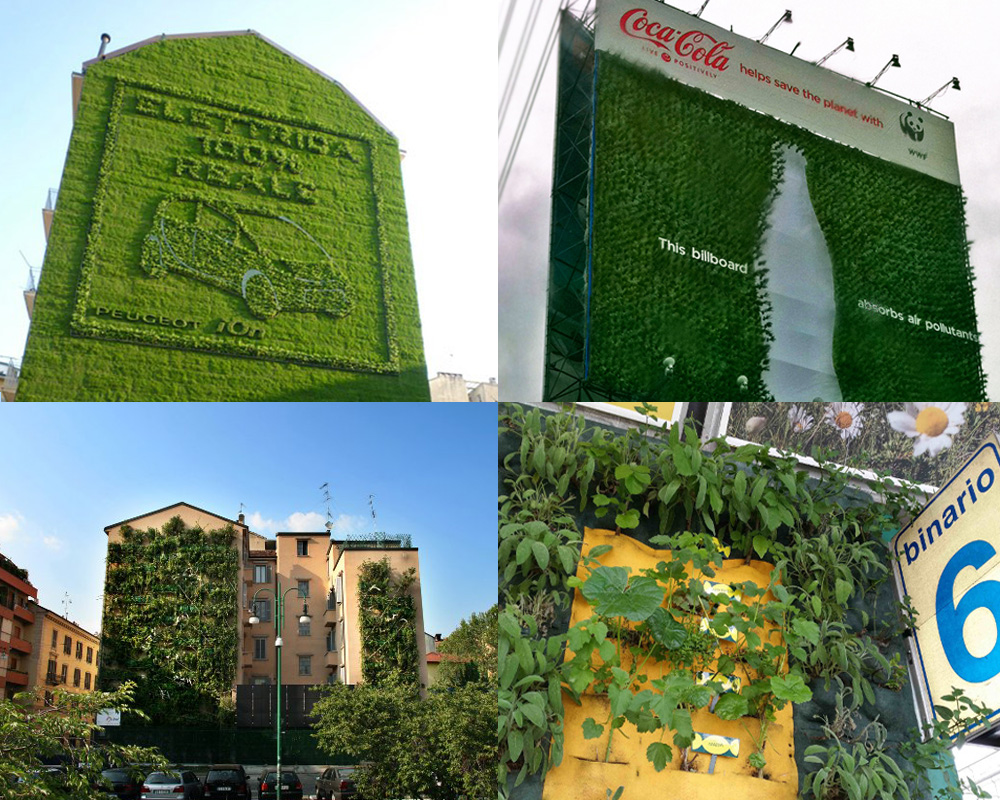
Patric Blanc, the father of vertical gardens
architect.
In 1986 Blanc was asked to create a green wall for the Cité des Sciences et de l’Industrie in Paris; since then he
has been covering with greenery all sorts of buildings around the world. Among his outstanding works let us
mention the façade of Madrid’s CaixaForum Art Museum and the luxuriant vertical jungle of the Max Juvénal
bridge in Aix-en-Provence. The interior of his own house is a maze of vertical gardens, creepers and water plants.
https://www.verticalgardenpatrickblanc.com/node/1469
Even Patrick Blanc’s website is overgrown by greenery!
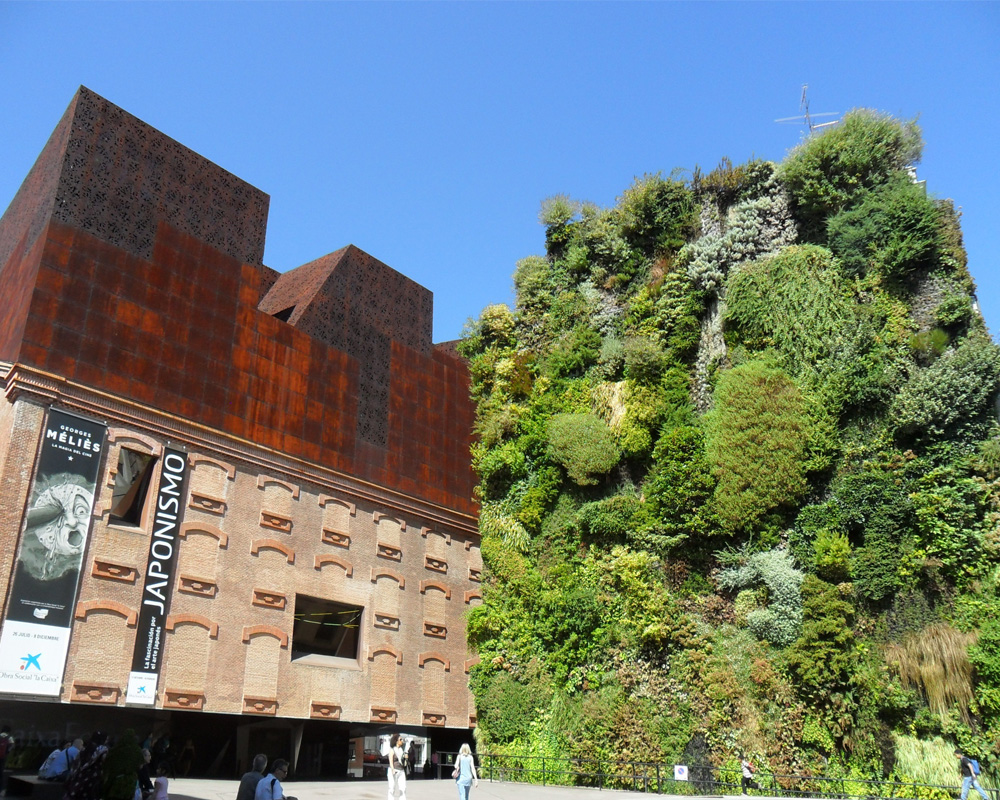
The magic village of Houtou Wan
the fascinating abandoned Chinese villagge of of Hòutóuwān (后头湾), in the island of Shengshan (嵊山岛), where
all buildings are papered in green. A deeply evocative environment recalling Sleeping Beauty and her enchanted
fairytale abode.
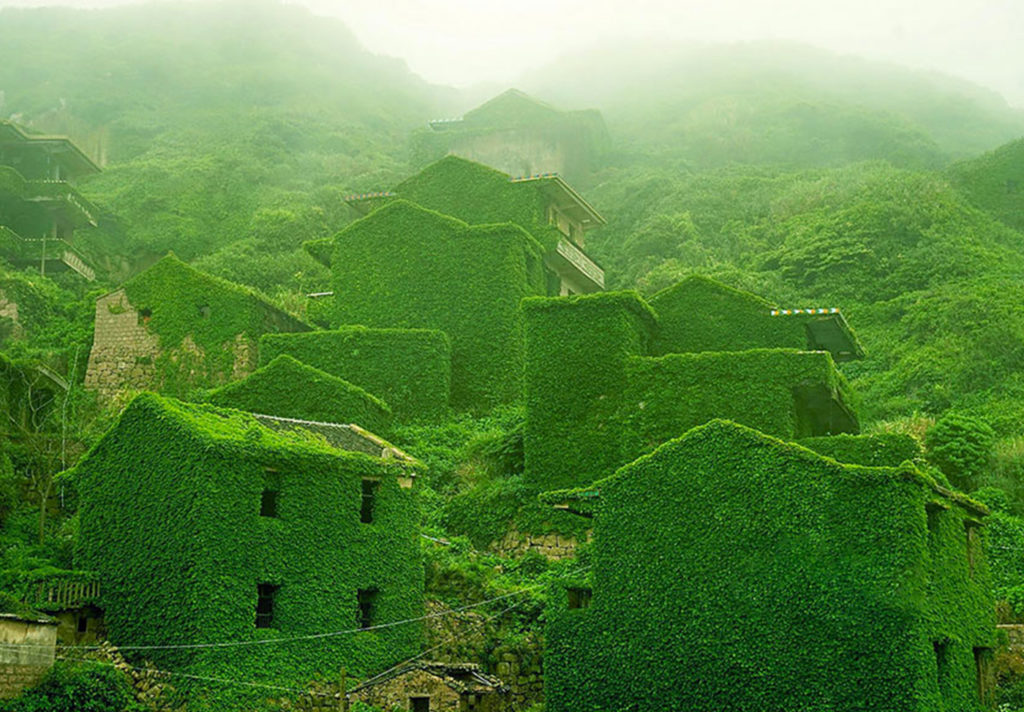
Green walls for everybody
rich can afford, in which case you are wrong. Companies like Greenworks, whose headquarters are in Stockholm,
can actually bring some green in anybody’s house walls, from preliminary studies to the final stages; in Italy there
is Pratomax, for example, based in Sesto Calende (Varese). So instead of going for the usual bunch of flowers as
a birthday present, try offering your wife or your mother an original art wall foliage composition!
Stefano Boeri in Milano and in China
A city landemark, in 2015 it was awarded a prize for the “most beautiful and most innovative skyscrper in the
world” accordin to the Council on Tall Buildings and Urban Habitat.
In China, Boeri is currently designing a city whose alluring charms will rival the ghost village of Hòutóuwān: called
“Forest City”, it will be an urban settlement including residential and commercial buildings, leisure centres, a
hospital, two schools and a very large green area. Inauguration is envisaged for 2020, when 40,000 trees and
about a million plants will line the city’s boulevards and decorate building façades and balconies, making a very
substantial contribution to China’s fight against pollution and contribution to local biodiversity.
Stefano Boeri in Milan and in China
- They are environment-friendly: plants absorb cabon dioxide, release oxygen and reduce air pollution;
they improve heat insulation, keeping rooms comparatively cooler in the summer and warmer in the winter; - they create an aesthetically pleasing and relaxing atmosphere.
- they influence the amount of moisture;
- they help abate noise pollution;
- creano un ambiente esteticamente attraente e rilassante.
It has been proven that looking at a green landscape and getting close to nature can lower both heart rate and
stress levels, leading to a feeling of greater overall well-being.
More than two centuries later, the beauty of vertical gardens seems almost to be ushering in a new type of
neoclassicism—the actualization of the concept expressed by the well-known architect Karl Friedrich Schinkel:
“Architecture is the Continuation of Nature in Her Constructive Activity ”.
Pantone Green
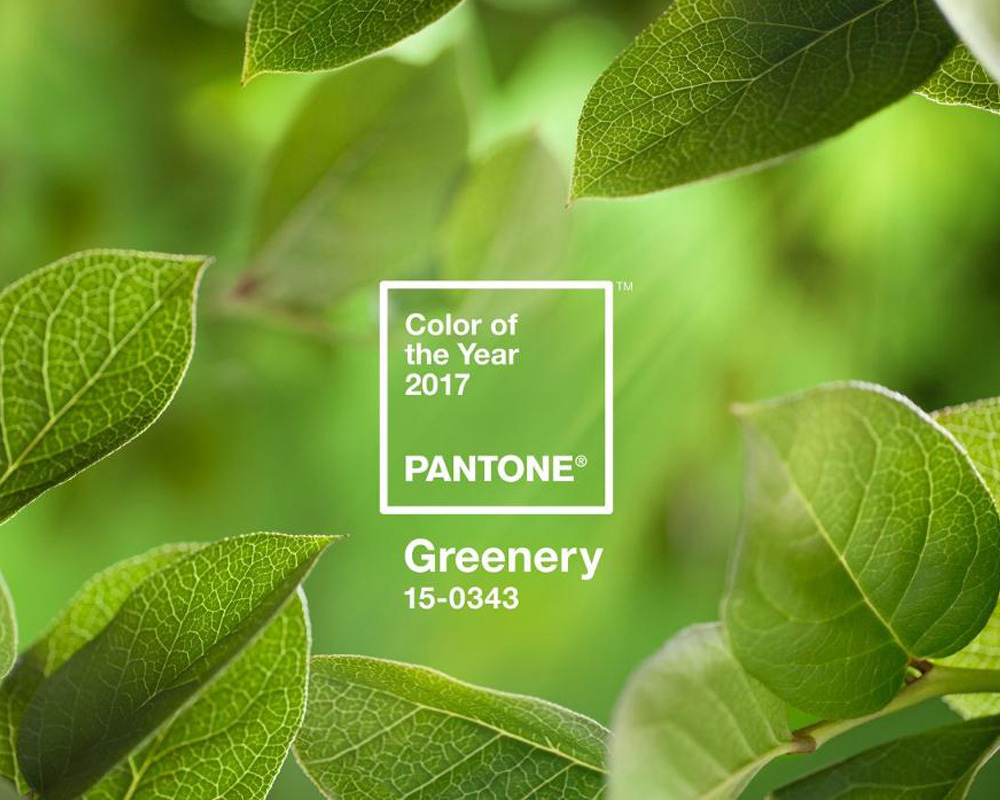
By Valeria Galbiati





